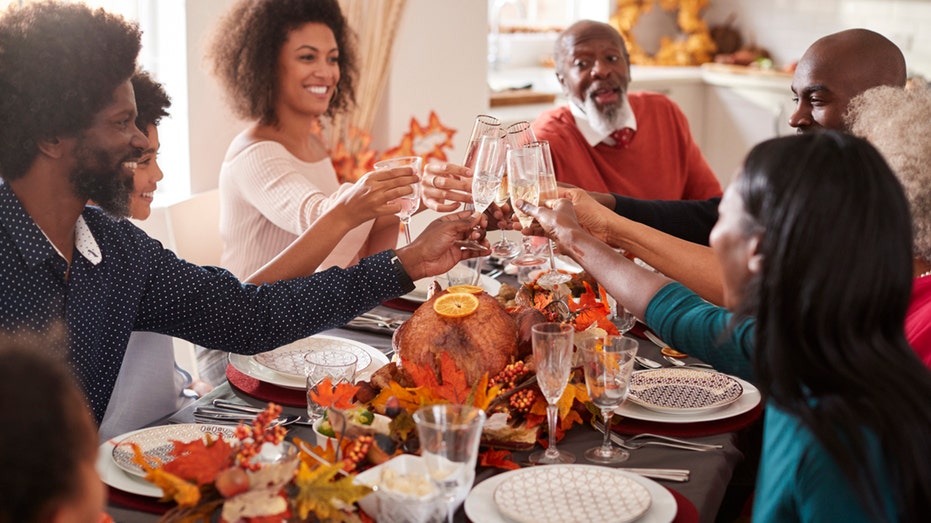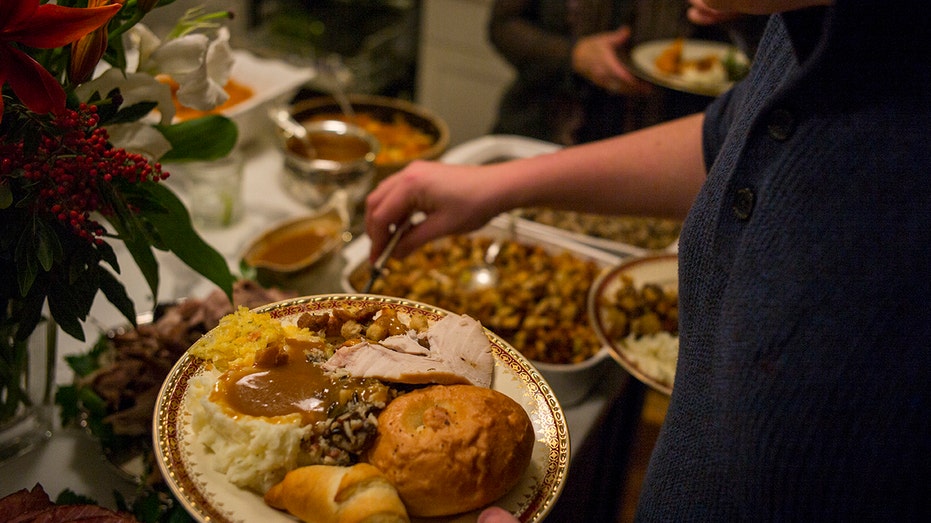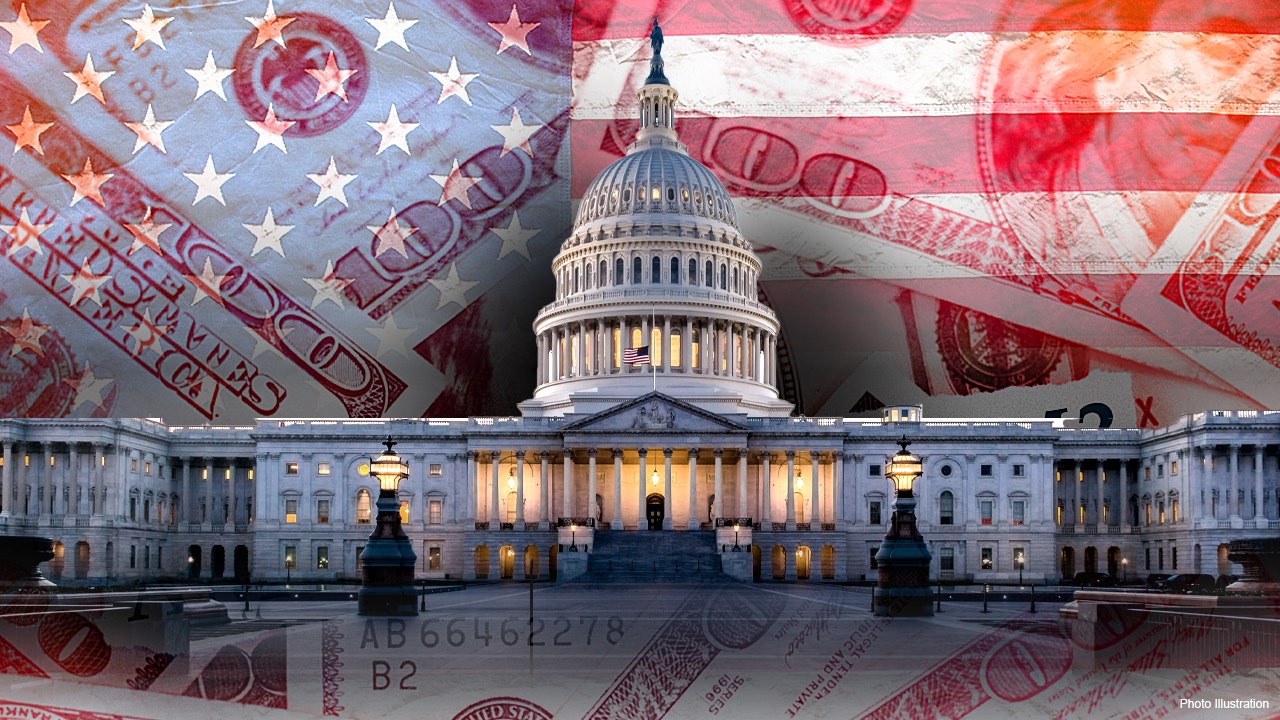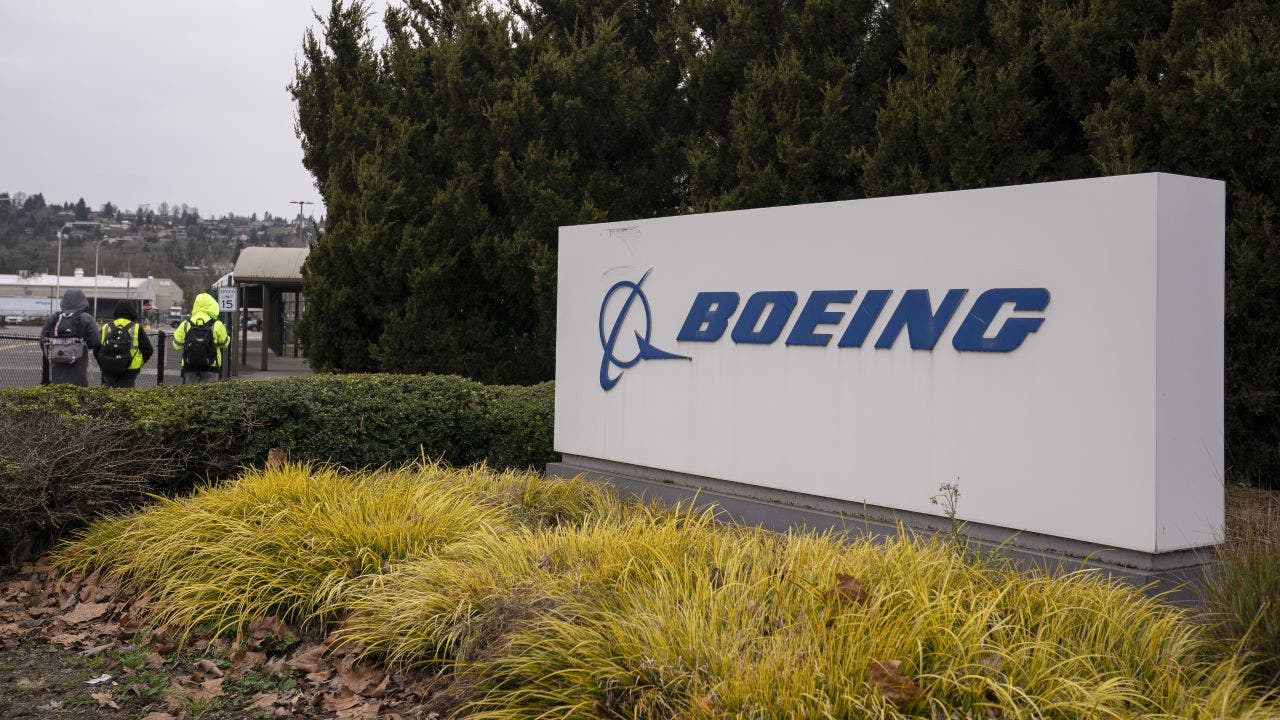Stubbornly high inflation is continuing to strain the budgets of American households this Thanksgiving, as a new report by LendingTree finds that the costs are up 19% from a year ago.
LendingTree’s survey found that on average, Thanksgiving dinner hosts plan to spend $431 on food, drinks and decor for the celebration. That includes an average of $265 for food and drinks, plus an additional $166 on Thanksgiving decor for the festivities. Those Thanksgiving hosts expect an average of 11 guests to attend the holiday party, the same number as last year.
Inflation was on the minds of 60% of respondents, who said it has impacted their plans for celebrating the holiday – with 27% saying they’ll change food choices, 26% turning to coupons more and 9% declining to host due to costs. Over one-third, 35%, said they may reconsider opening their homes next year because of the cost.
“What we found is that inflation is still having a really big impact on peoples’ budgets when it comes to their Thanksgiving plans,” LendingTree chief credit analyst Matt Schulz told FOX Business in an interview about the 19% increase from a year ago. “Prices aren’t rising as much as they have in the last couple of years, but it’s still around and it’s clearly still an issue that people are wrestling with this Thanksgiving.”
GOBBLE UP SAVINGS: SMART TIPS TO CUT COSTS THIS THANKSGIVING
More than one-third (36%) of potential hosts said that the amount they’re planning to spend on Thanksgiving festivities will create a financial strain, while 14% said they regret their decision to host and 34% say they’ll use credit cards to pay Thanksgiving costs.
With inflation squeezing household budgets, there is an expectation that guests will help shoulder some of the burden either through chipping in with cash or bringing an item to contribute to the feast. About 6 in 10 potential Thanksgiving hosts said they expect guests to help offset expenses in that way – and 25% say they may reconsider extending an invitation next year if a guest arrives empty-handed.
TURKEY COSTS LESS THIS THANKSGIVING AS PRICES FALL FOR SECOND STRAIGHT YEAR

“That’s a big number, and we all have been to parties where somebody shows up with nothing and everybody else brought something. We’ve all seen that person, nobody wants to be that person,” Schulz said. “This survey certainly indicates that that sort of thing tends to not go unnoticed.”
“It really just one of those things where it’s like, when in doubt, help,” Schulz said. “It’s something that if you’re younger and you’re with a group of friends who maybe this is the first time around or something like that, you just may not know better. But when in doubt, if you can bring something, even if it’s something small, even if you spend a couple of bucks at the grocery store on the way to the party – every little bit helps.”
AAA: THANKSGIVING HOLIDAY TRAVELERS TO HIT 80 MILLION THIS YEAR

For Thanksgiving guests who may not have the means to contribute financially to covering some of the expenses or aren’t able to bring food, Schulz said that “helping out doesn’t have to cost a lot of money” and there are other ways to contribute.
“You can volunteer to show up a little early to help with some of the grunt work that goes into setting up the party, cooking and putting up the decorations. You could volunteer to pick up people at the airport if that’s an issue,” he explained. “There are plenty of things you can do where you can pitch in with a little bit of sweat equity instead of some of your cash, and still be pretty helpful.”
Schulz noted that one way for consumers to cut back on the costs of their Thanksgiving spending is to not only shop around for the best price, but to make sure if they’re using credit cards that they’re using the option with the best rewards or taking advantage of travel perks.
“If you’re traveling for Thanksgiving, then a rewards card that may offer you reduced airfare or a free hotel night can really, really be helpful,” Schulz said.
“There are cards out there that offer really significant cash back rewards well beyond the 1.5% or 2% you might get with some cards that give you the same return for everything,” he added. “So taking the time to think about which card you use when you’re making these purchases can really help make a difference in your budget.”















